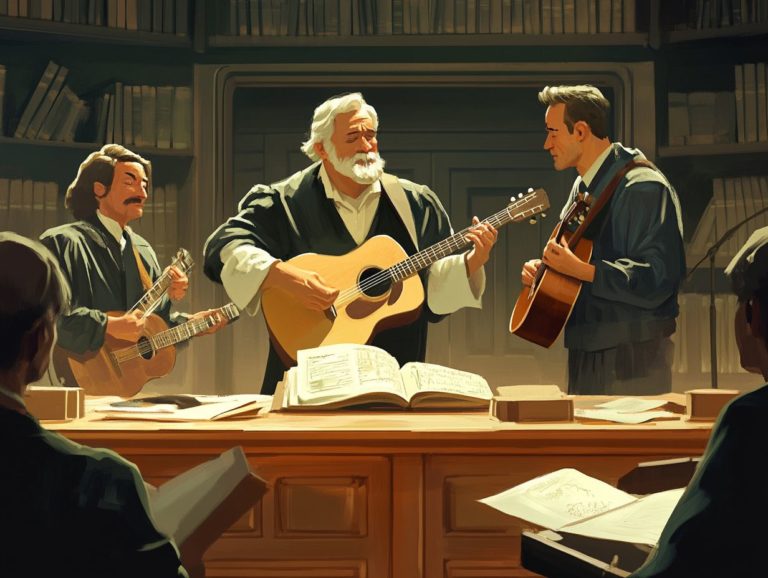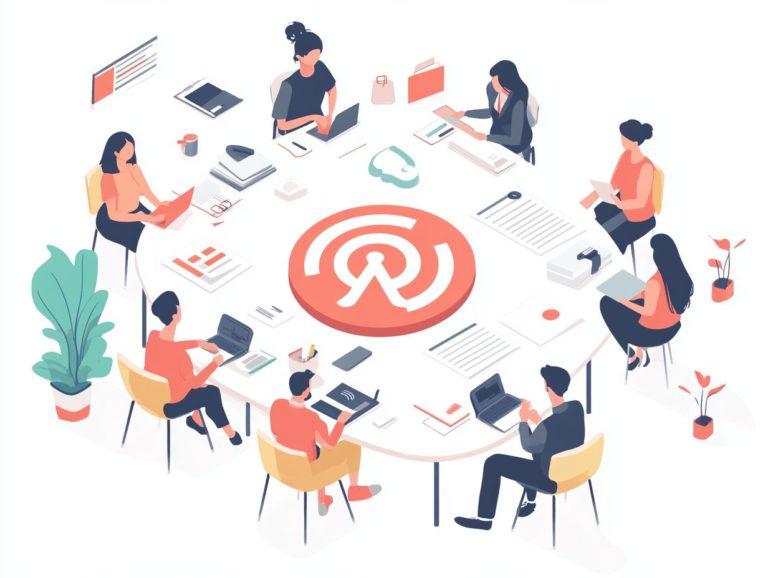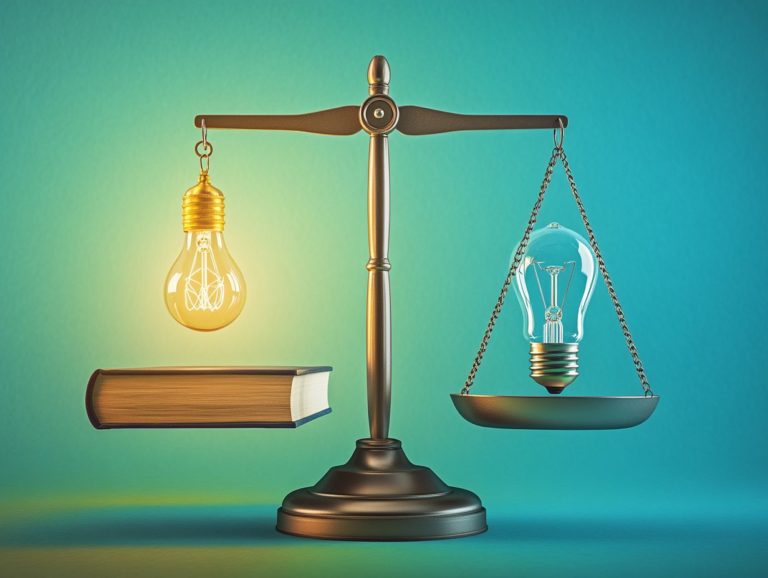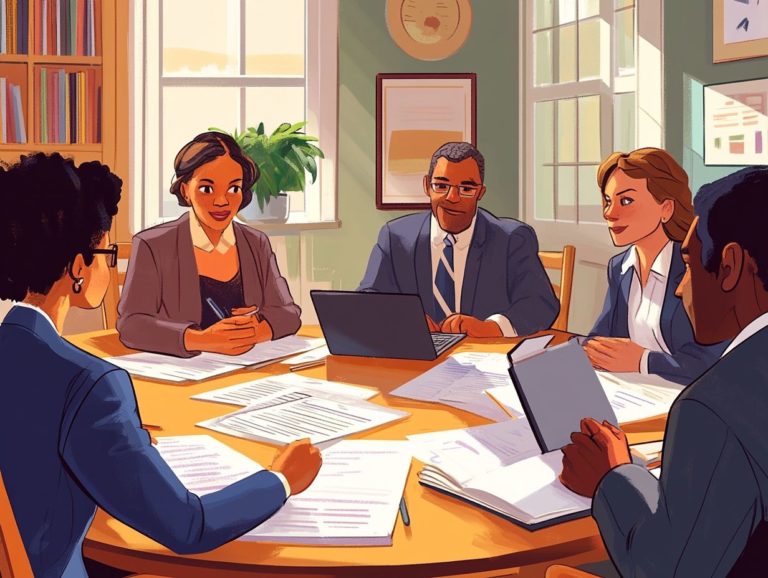Fair Use Explained: When Can You Use Copyrighted Material?
Navigating copyright law can feel overwhelming. But understanding fair use is essential for using copyrighted material without permission.
This article clarifies fair use, explaining when and how you can use copyrighted content legally. We ll explore key factors like purpose and market impact, and provide practical examples to help you determine if your use qualifies as fair.
Whether you’re a student, educator, or content creator, this guide will help you confidently navigate copyright issues, equipping you with the knowledge needed to make informed decisions in this complex landscape.
Contents
Key Takeaways:

Fair use allows limited use of copyrighted material without permission for education, commentary, or parody. Understanding the four factors of fair use purpose, nature, amount, and effect is crucial.
What is Fair Use?
Fair use, as defined under the Copyright Act, is a legal doctrine that allows you to use copyrighted material in a limited manner without seeking permission from the copyright owner. This doctrine allows you to use it in new ways, which plays a vital role in education, criticism, and commentary.
It s a nuanced legal principle that nurtures creative expression by balancing the rights of copyright holders and the public’s need for access to information.
When assessing fair use, consider various factors on a case-by-case basis, including the purpose of your use, the amount of material used, and the impact on the potential market for the original work.
Understanding Copyright Law
Understanding copyright law is crucial, as it dictates the rights of copyright holders and the legalities surrounding the use of creative works be it literature, music, art, or digital content.
The Copyright Act clearly outlines the protections granted to creators, ensuring that their original contributions and creative expressions receive due recognition. It also provides tools like Creative Commons for sharing and licensing works legally.
Overview of Copyright and Intellectual Property
Copyright and intellectual property are crucial concepts that safeguard your rights as a creator. They ensure exclusive control over the use and distribution of your original works, fostering innovation and creativity in various fields.
The Copyright Act lays the groundwork for copyright law, outlining specific protections and limitations that define the relationship between creators and users.
Beyond copyright, other forms of intellectual property play essential roles in preserving the integrity of creative industries. Trademarks, for example, protect brand names and logos, allowing consumers to easily differentiate between products and services while shielding companies from unfair competition.
Patents grant you exclusive rights to your inventions, encouraging advancements in technology and design. These protections uplift the spirits of creators and stimulate economic growth by cultivating an environment where innovation flourishes without the fear of unauthorized use.
Thus, grasping and respecting these intellectual property rights is vital for anyone engaged in creative pursuits, as they provide a robust framework that nurtures original thought and artistic expression.
Factors to Consider for Fair Use
When assessing whether a specific use qualifies as fair use, it s essential to consider a range of factors.
These include the purpose and character of the use whether it s transformative or non-commercial alongside the amount used in relation to the entirety of the original work.
Additionally, evaluate the impact on the potential market for the original piece. Each of these elements is pivotal in determining if your use adheres to the legal doctrine of fair use, especially in contexts like education and critical commentary.
Purpose and Character of Use
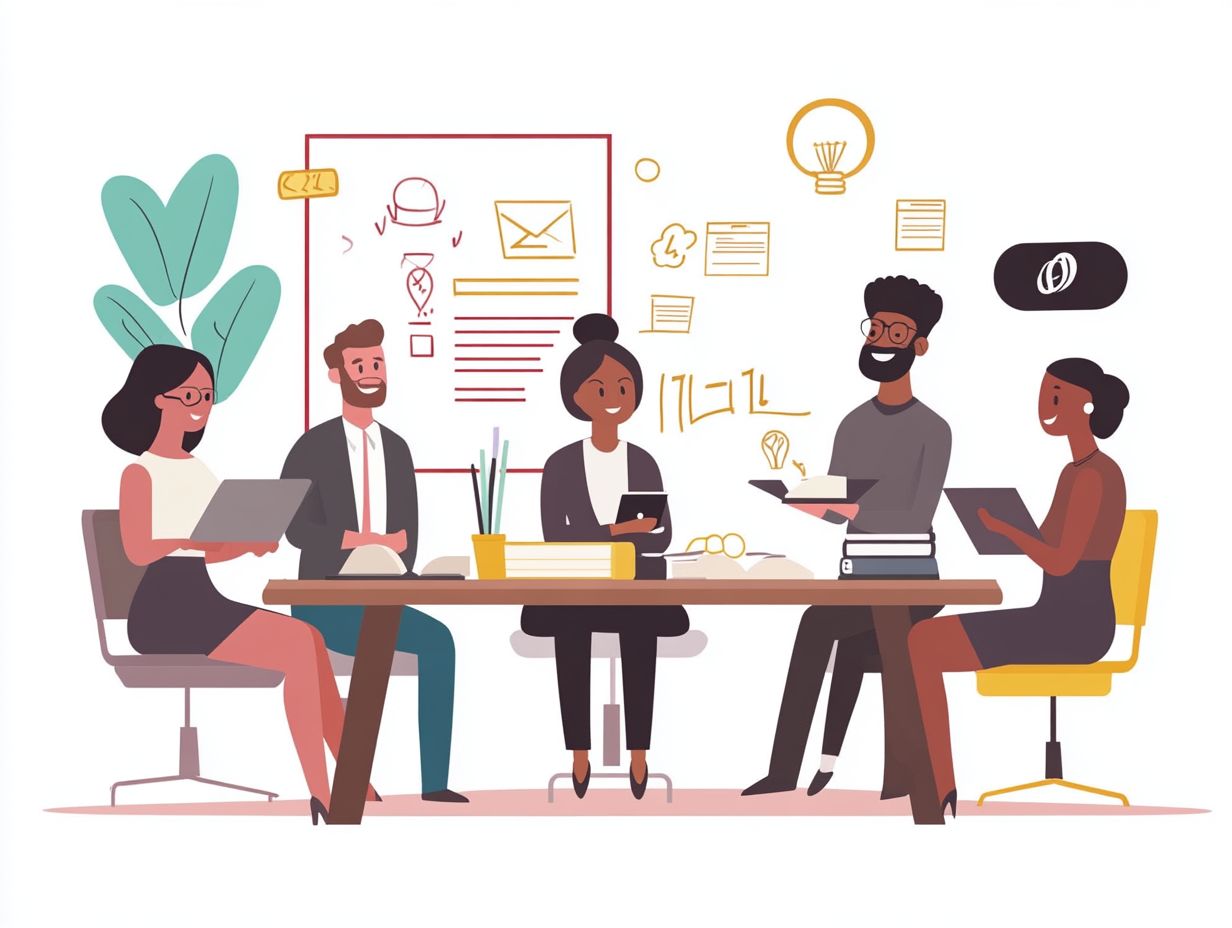
The purpose and character of your use are crucial in determining fair use. Fair use is a legal rule that allows limited use of copyrighted material without permission. It becomes especially relevant when your use changes the original work or aligns with educational goals and important discussions. If your intent is non-commercial or educational, you re more likely to find favor under the fair use doctrine.
Take, for example, an educator like yourself who incorporates excerpts from a novel to teach literary analysis. You re engaging in transformative use, shaping your students’ understanding and appreciation of the work.
On the flip side, if someone simply reproduces the entire novel without any critical insight or commentary, that crosses the line into territory not covered by fair use. It doesn t alter the original purpose or meaning of the text.
In educational settings, your important discussion not only fosters deeper thinking but also strengthens the case for fair use. When you create new insights or critiques, you contribute significantly to the discourse, rather than just echoing existing content.
Nature of the Copyrighted Work
The nature of the copyrighted work plays a crucial role in your fair use analysis. Creative expression often enjoys greater protection than factual or informational content.
For example, artistic works such as paintings or music compositions tend to allow for fewer exemptions under fair use, reflecting personal creative styles and intentions.
Conversely, literary works like research articles or historical texts can be used more freely, particularly when they serve a transformative purpose, such as teaching or commentary.
Consider case studies like the well-known verdict in Campbell v. Acuff-Rose Music, which illustrates how parody a form of literary work receives more flexibility under fair use. This highlights how the law applies contextually across various forms of expression.
Understanding these distinctions is vital for protecting your creative work in day-to-day experiences.
Amount and Significance of the Portion Used
In fair use, the amount you use from the original work matters greatly. A smaller, less significant portion is more likely to qualify for fair use compared to a larger, central part of the work.
This isn t just about how much you use; it s about how powerful your choice is! The qualitative impact of what you’ve chosen to use also plays a vital role in the analysis.
For example, using a single image from a lengthy article might be permissible, especially if it serves a transformative purpose. On the other hand, including a key excerpt from an entire book could be deemed impermissible.
Legal precedents, such as Campbell v. Acuff-Rose Music, Inc., emphasize this dynamic, suggesting that even a small amount could infringe if it captures the heart of the work. Conversely, in Authors Guild v. HathiTrust, the court leaned towards fair use when evaluating a limited text that met educational needs, illustrating the nuanced balance courts must strike between the context of use and the significance of the portion involved.
Effect on the Potential Market
The effect of your use on the potential market for the original work is a crucial factor in fair use analysis. It evaluates whether your new use competes with or diminishes the market for the copyright owner s work.
If your use negatively impacts the potential market or value of the original, it s less likely to be considered fair use. Take, for example, the case of Harper & Row v. Nation Enterprises. The court ruled against fair use because the unauthorized publication of excerpts undermined the market for the original book, which was about to be released.
On the flip side, in Campbell v. Acuff-Rose Music, the Supreme Court determined that parody could qualify as fair use. It emphasized that it didn t replace the original song but rather introduced a transformative element, ultimately benefiting the market for both the parody and the original.
These examples illustrate the delicate balance copyright owners must maintain. A market flooded with unlicensed derivatives can threaten their revenue streams, complicating matters for creators and consumers alike.
Examples of Fair Use
Explore countless examples of fair use in diverse creative and educational contexts, where individuals have adeptly used copyrighted material without securing permission.
Often, this occurs in domains such as education, criticism, and commentary. These instances show how fair use acts as an essential instrument for nurturing creativity and stimulating discussion. It also honors the rights of copyright holders.
Common Situations and Scenarios
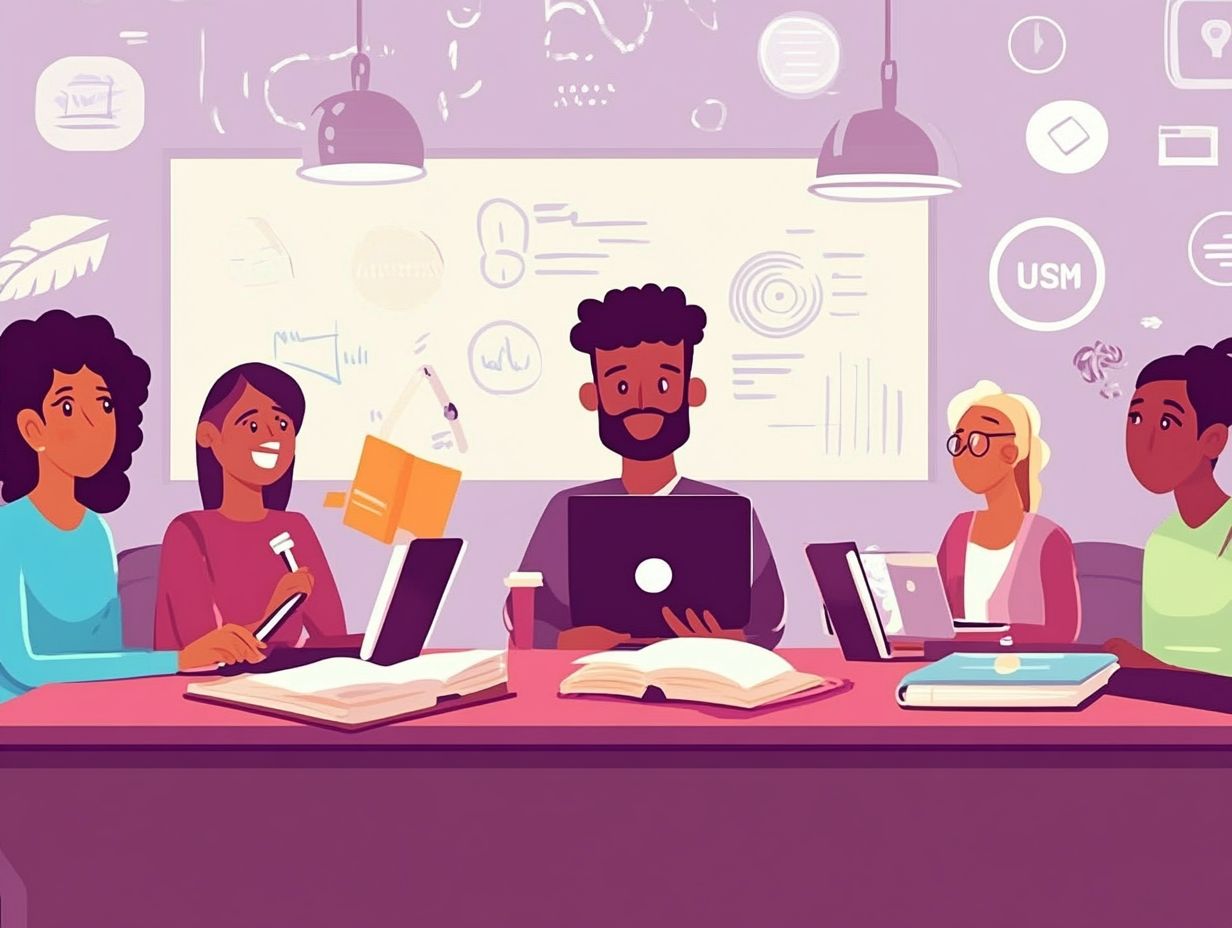
Common situations that invoke fair use often revolve around educational purposes. For example, quoting a book for a class, using excerpts in academic papers, or incorporating copyrighted materials into documentary films for critical commentary. These scenarios illustrate the nuanced application of fair use in fostering education and public discourse.
For instance, when you, as a teacher, weave a short passage from a novel into your lesson plan, it enriches your students’ understanding without jeopardizing the author’s market. Similarly, in the world of documentaries, filmmakers might use clips from existing films to critique cultural trends. They effectively transform the original content to provide fresh insights.
Legal cases like Campbell v. Acuff-Rose Music, Inc. have established that such transformative uses those that add new expression or meaning to the original work can indeed fall under fair use. This underscores the significance of context and intent.
Dive into these examples to discover how fair use empowers creativity and inquiry while safeguarding copyright interests.
How to Determine Fair Use
Determining fair use necessitates a meticulous examination of various factors. A comprehensive step-by-step guide can aid you in traversing this intricate legal terrain.
By grasping the essential elements of fair use such as purpose, amount, and market impact you can more effectively evaluate whether your intended use aligns with this legal doctrine, helping you steer clear of potential copyright infringements.
Step-by-Step Guide and Resources
This guide simplifies fair use by providing invaluable resources that clarify the legal framework surrounding the use of copyrighted material for educational purposes and beyond. It equips you with practical tools to evaluate whether a specific use is permissible under copyright law.
By breaking down complex legal terminology into more digestible components, this guide serves as a valuable reference for you as you navigate the intricacies of copyright without needing a legal expert by your side.
Step-by-step, you’ll learn how to analyze various factors, such as:
- The purpose and character of the use,
- The nature of the copyrighted work (this refers to the type of creative work, such as literature, music, or visual art),
- The amount used,
- The effect on the market value of the original.
You’ll encounter real-world examples that showcase scenarios where fair use applies, juxtaposed with instances where it does not. To further bolster your assessments, you’ll find links to authoritative resources, including key legal documents and educational materials that offer additional insights into the fair use evaluation process.
Frequently Asked Questions
What is fair use?
Fair use is a legal doctrine that allows for the limited use of copyrighted material without obtaining permission from the copyright holder.
What is the purpose of fair use?
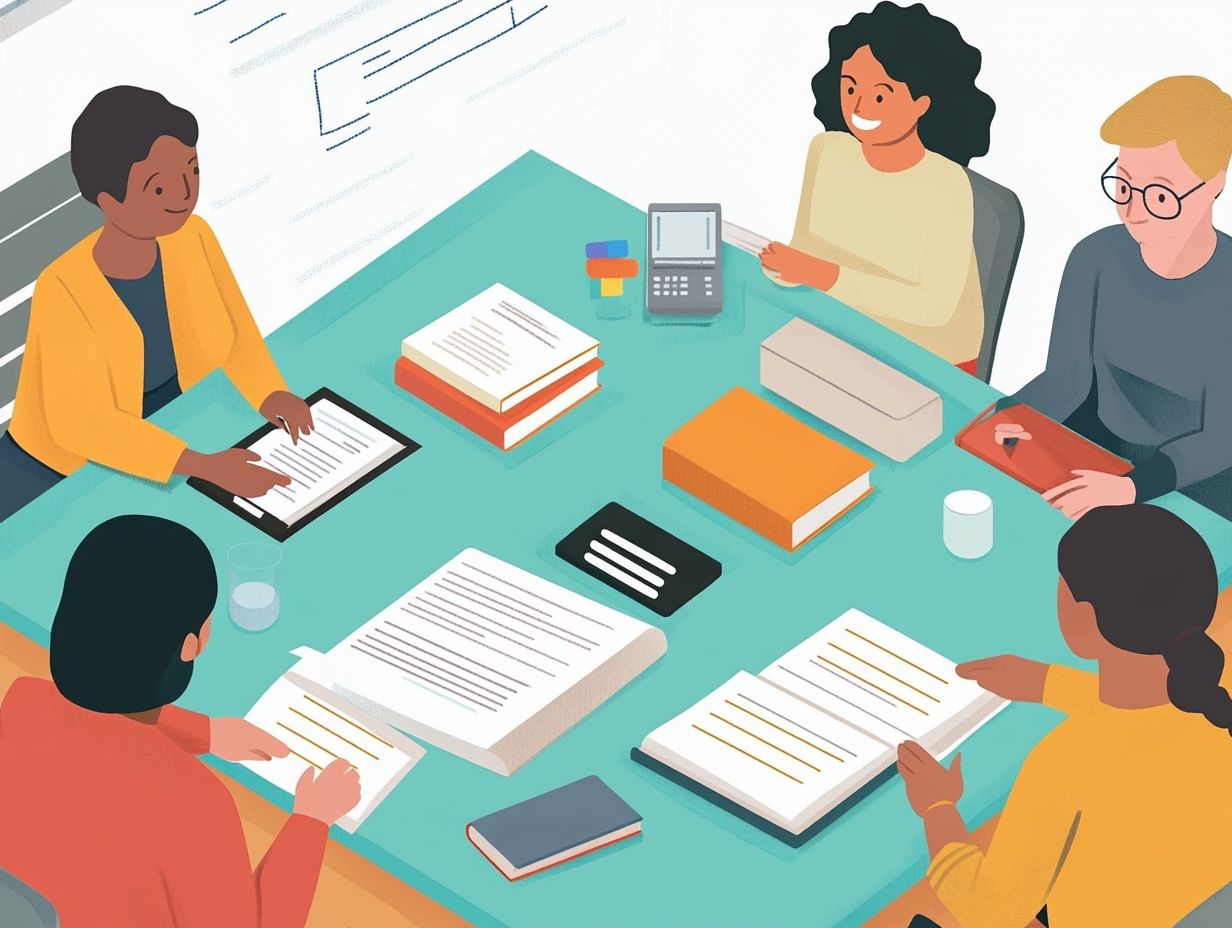
The purpose of fair use is to balance the rights of the copyright owner with the public’s interest in accessing and using creative works.
When can I use copyrighted material under fair use?
You can use copyrighted material under fair use for purposes such as criticism, comment, news reporting, teaching, scholarship, or research, but it’s important to know how to use copyrighted material legally.
How do I determine if my use of copyrighted material falls under fair use?
There is no definitive formula for determining fair use, but there are four factors to consider: the purpose and character of the use, the nature of the copyrighted work, the amount and substantiality of the portion used, and the effect on the potential market for the original work.
Apply what you’ve learned about fair use in your own projects to harness its potential responsibly!
What are some examples of fair use?
Fair use allows quoting short passages from a book in a review.
It also permits using a small portion of a song in a parody or including a movie clip in a documentary.
Can I use copyrighted material for commercial purposes under fair use?
Using copyrighted material for commercial purposes usually does not qualify as fair use.
Fair use mainly applies to non-profit, educational, or personal contexts.

